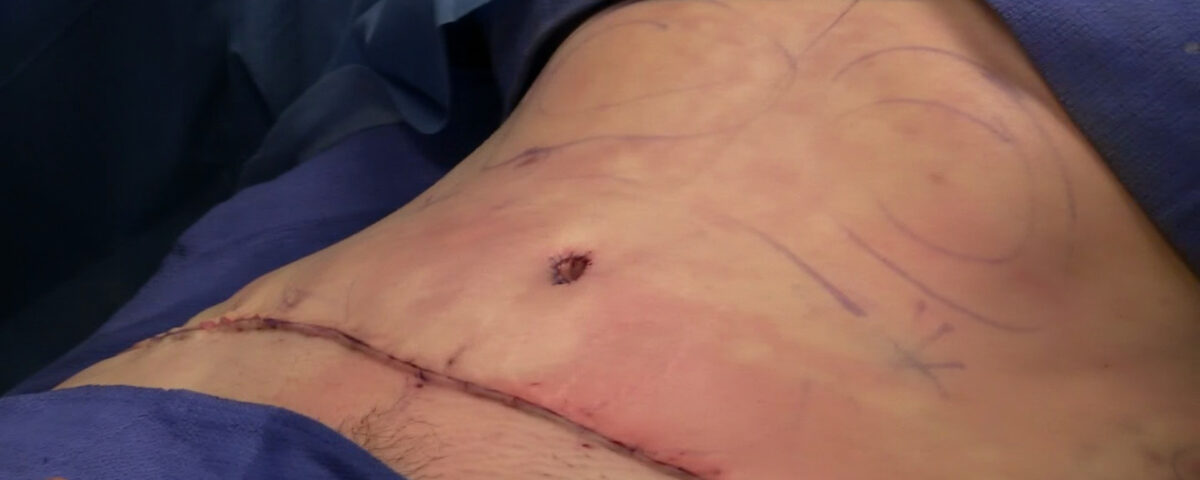
FAQs About Root Canals
October 6, 2025
The Role of Allergy Shots in Managing Severe Allergies
October 6, 2025A tummy tuck, also known as abdominoplasty, is a surgical procedure designed to enhance the appearance of the abdominal area. Many people seek this procedure to address loose or sagging skin, often following pregnancy or significant weight changes. The process involves removing excess skin and fat, and may include tightening the underlying abdominal muscles to help achieve a smoother, firmer profile.
What Is a Tummy Tuck?
A tummy tuck is a body-contouring procedure, not a method for weight loss. The primary goal is to create a smoother and firmer abdominal profile. This is achieved through the surgical removal of excess skin and fat from the middle and lower abdomen.
In many cases, the procedure also involves tightening the underlying connective tissue in the abdomen. This can help repair weakened or separated abdominal muscles. The remaining skin is then repositioned to create a more toned look. Abdominoplasty addresses concerns related to loose skin and tissue that may not be resolved by diet and exercise alone.
Who Is It For?
Individuals seeking an abdominoplasty come from diverse backgrounds. A common profile includes those who are in stable overall health and have maintained a consistent weight. They often have specific goals for improving the contour of their midsection.
Many people pursue this procedure after pregnancy or significant weight loss, as these events can leave behind stretched skin and weakened abdominal muscles. A person seeking this surgery should have realistic expectations about the outcome and be prepared for the recovery period that follows. A commitment to maintaining a healthy lifestyle post-surgery supports the longevity of the results. This procedure is suitable for both men and women who meet the general health criteria established by a surgeon.
What Does It Entail?
The abdominoplasty process is a multi-stage journey that begins long before the day of surgery and continues for months afterward. The first step is a consultation with a board-certified cosmetic surgeon. During this meeting, you will discuss your aesthetic goals, and the surgeon will evaluate your abdominal area.
On the day of the procedure, you will receive anesthesia to keep you comfortable. The surgeon then makes an incision, typically positioned low on the abdomen. The surgeon lifts the abdominal skin flap, removes excess fat and skin, and may tighten the underlying abdominal muscles with internal sutures. Liposuction may be used in some cases to refine the contours of the abdomen and flanks. After removing the surplus skin, the surgeon pulls the remaining upper abdominal skin down. The incisions are then closed.
Immediate recovery begins in a specialized care unit where medical staff monitors you as the anesthesia wears off. You will likely have drainage tubes temporarily placed under the skin to collect excess fluid. You will also be fitted with a supportive abdominal garment or binder to reduce swelling and support the healing tissues.
The recovery timeline varies among individuals. Most people need to plan for a period of limited activity. Follow-up visits are scheduled to monitor your healing, remove any drains, and assess your progress. Scars from the incisions are permanent, but they typically fade and flatten over the course of several months to a year.
Confer With a Cosmetic Surgeon
Each person’s experience is unique and depends on their individual health, anatomy, and the specific surgical plan that has been developed. To receive information pertinent to your personal situation, the next step is to schedule a consultation with a qualified cosmetic surgeon. A one-on-one discussion enables a thorough evaluation and a detailed explanation of the risks, benefits, and expected outcomes tailored to your specific circumstances.
- Dojen Moe: A Complete Guide to Its Meaning, Origins, and Modern Use
- Pyntekvister: The Complete and Modern Guide
- Yalla Choy: Meaning, Uses, Cultural Significance, and Modern Appeal Explained
- Nativität: Meaning, Origins, and Cultural Evolution of the Nativity Story
- Gayfirir: Meaning, Uses, Origin & Complete Guide




